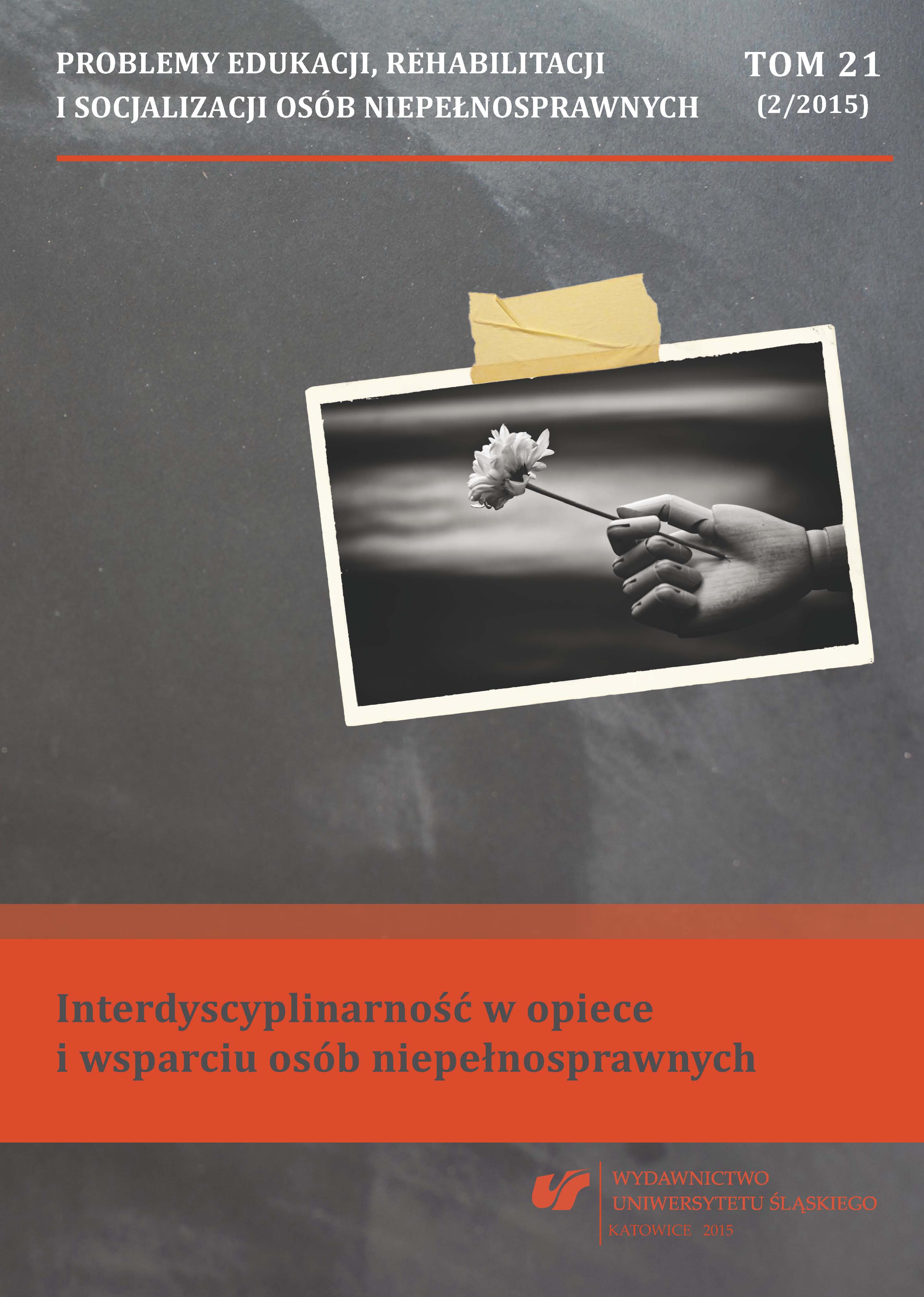“The piano which speaks” – causes and therapy of child mutism
“The piano which speaks” – causes and therapy of child mutism
Author(s): Danuta Grzesiak‑WitekSubject(s): Fine Arts / Performing Arts, Health and medicine and law
Published by: Wydawnictwo Uniwersytetu Śląskiego
Keywords: mutism; mutism therapy; art
Summary/Abstract: Mutism usually appears in children aged 3 to 5, although we can also encounter such cases in older children, even 10–12‑year‑olds. It affects girls more often than boys. The term comes from the word mutus, which means dumb, silent. Mutism is a disorder rooted in nervous disorders. Among the causes of mutism we must include, first of all, the experience of extreme stress, e.g. due to an accident or emotional trauma; numerous, not very strong but repetitive painful experiences, microlesions of the central nervous system, mental disease, pathological pregnancy or childbirth. In terms of ethology, clinical practice distinguishes two types of mutism: functional mutism (defined by psychiatrists as a psychopathological syndrome) and organic mutism (limited damage to speech organs or brain damage). The treatment involves conducting an individual therapy and an extensive family therapy. Every action taken must prevent the development of low self‑esteem in a child, as well as its rejection by the peers. Overcoming silence happens slowly. The ability to communicate verbally appears gradually and a relapse of mutism may appear. The therapy should be conducted in a sensible way as children suffering from speech inability are usually fearful, very sensitive and often exhibit negative attitudes.
Journal: Problemy Edukacji, Rehabilitacji i Socjalizacji Osób Niepełnosprawnych
- Issue Year: 2015
- Issue No: 21
- Page Range: 85-94
- Page Count: 10
- Language: English

